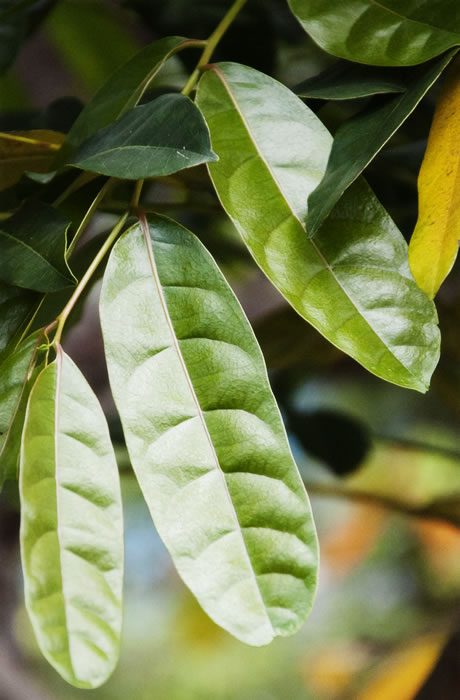Join our hands to conserve nature!
Khaya senegalensis
Dry Zone Mahogany, Senegal Mahogany, Benin Mahogany
Up to 30 m
Tropical Africa
March to May
June
Pollinated by bees and moths. Seeds dispersed by wind.
















